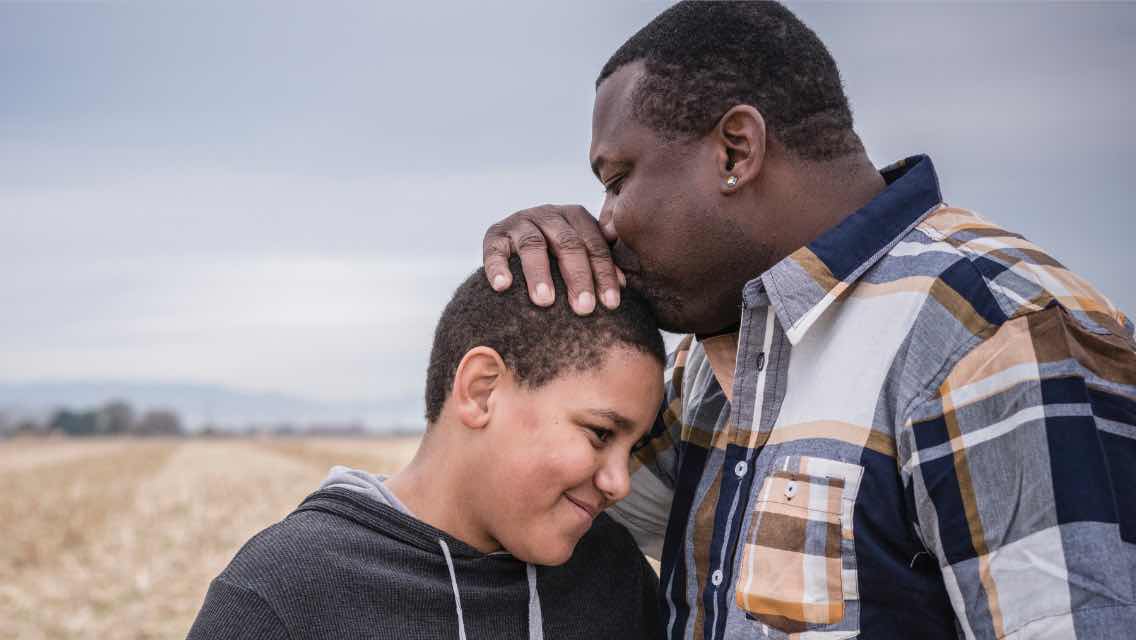Peer pressure, parental expectations, hormonal changes, and the “wiring” of the adolescent brain have always conspired to make the teen years tough — and those challenges have intensified in recent times.
“In my clinical practice, I do see more teenagers who are struggling with anxiety,” says integrative developmental and behavioral pediatrician Timothy Culbert, MD, cofounder of NaturalMentalHealth.com.
This is not just his perception: The National Institutes of Health estimates that nearly one-third of adolescents ages 13 to 18 suffer from an anxiety disorder, a 20 percent increase in a five-year span.
There are unique stressors for today’s teens that likely contribute to this trend:
- A culture of “achievement”: High expectations and pressure to succeed academically, socially, and even recreationally in leisure activities can lead to excessive worry.
- The 24-hour news cycle: Constant exposure to troubling news — about pandemics, police shootings, racism, and climate change — can leave them feeling that the world is a scary and threatening place.
- Never-ending connectivity: Unprecedented access to electronics and social media can damage self-esteem as they compare their lives, social connections, and accomplishments with others. It also leaves them exposed to the constant threat of cyberbullying.
How do you know when normal stress and worry are turning into something more ominous for your teen? These signs may indicate that your child could benefit from professional help:
- Displaying recurring fears and worries about routine aspects of everyday life.
- Changes in behavior, including irritability, avoidance of school or social connections, trouble concentrating, dropping grades.
- Physical issues, such as insomnia, aches and pains, and gastrointestinal problems (decreased appetite, nausea, diarrhea).
Calming Agents
Physicians often prescribe medications for anxiety, an approach that concerns many parents.
“Medications have a role when symptoms are so severe that the child can no longer function, but I also feel that medications are often prescribed too quickly and continued too long,” Culbert says. “In my clinical practice, I have seen an increasing interest in natural therapies for anxiety.”
He considers these nutrients to be safe and effective for teens:
- Inositol occurs naturally in foods such as fruits, beans, grains, and nuts. Though it is sometimes referred to as vitamin B8, inositol is not a vitamin, but rather a type of sugar that serves as a structural component of cell membranes. It boosts the activity of neurotransmitters in the brain, such as serotonin and dopamine.
Inositol is available as a capsule or a powder; the typical dose is 2,000 to 4,000 mg, up to three times daily.
- L-theanine is an amino acid commonly extracted from tea leaves. It is thought to support GABA (gamma-aminobutyric acid), a brain chemical that can ease anxiety. It’s available in capsule or chewable form; typical dose-ranges for kids and teens are 50 to 100 mg orally, two or three times daily.
Culbert has also observed an explosion of “electroceuticals,” such as HeartMath’s Inner Balance, a biofeedback device that measures heart-rate variability (HRV) — the beat-to-beat variations as the heart naturally speeds up and slows down.
When you’re anxious, stressed, or scared, the HRV pattern looks messy and disorganized. When you’re calm and content, the pattern becomes more rhythmic and organized.
Using an app on their cellphone, teens can see the changing HRV pattern and learn to control it: “They’re going to use their phones anyway,” Culbert notes, “so it may as well be in the service of managing their own nervous system.”
Tips for Supporting Anxious Teens
- Acknowledge their fears. Don’t dismiss them. Explain that you are there to provide support. Talk about your own fears and how you cope with them.
- Express positive but realistic expectations. Don’t pretend that difficult things won’t happen, but express confidence that your child can manage them. Encourage activities that create some mild anxiety so your teen can learn to tolerate it.
- Make time for family exercise. Fun physical activities can calm both body and mind. Go for a family walk or bike ride, or play an outdoor game. Encourage your child to be physically active every day, even if it’s just for 15 to 20 minutes.
- Remember that teens need lots of sleep. Sufficient sleep helps regulate emotions and stress. Remove all electronic devices within 60 minutes of bedtime (visit www.commonsensemedia.org for help). Seek guidance from a primary-care provider if your teen routinely sleeps less than eight to nine hours a day.
- Make a whole-family media-use plan. Set time limits for everyone on social media, news feeds, and video games, all of which can heighten nervous-system arousal, increase insecurities, and contribute to anxious thoughts. Learn more at www.healthychildren.org.
This originally appeared as “Lifting Teen Spirits” in the September 2020 print issue of Experience Life.




This Post Has 0 Comments